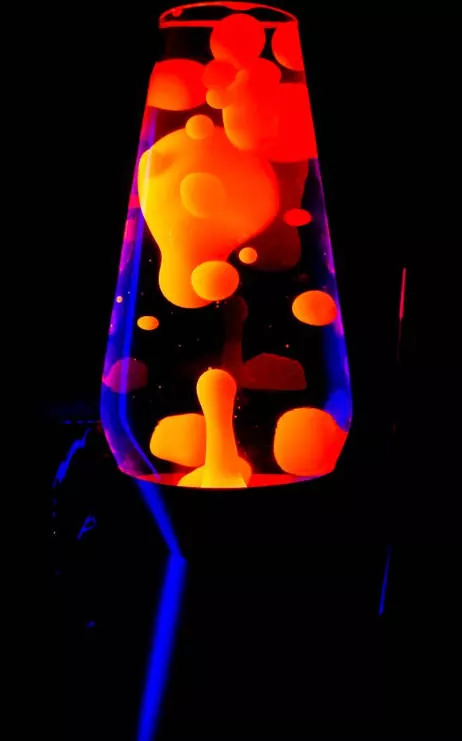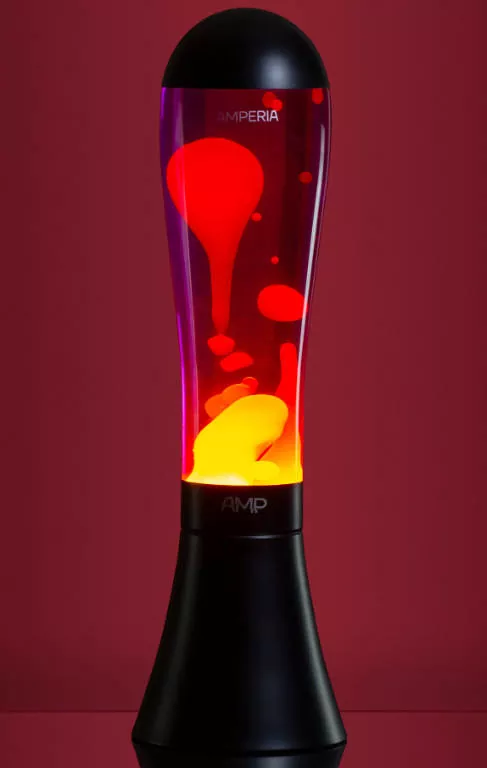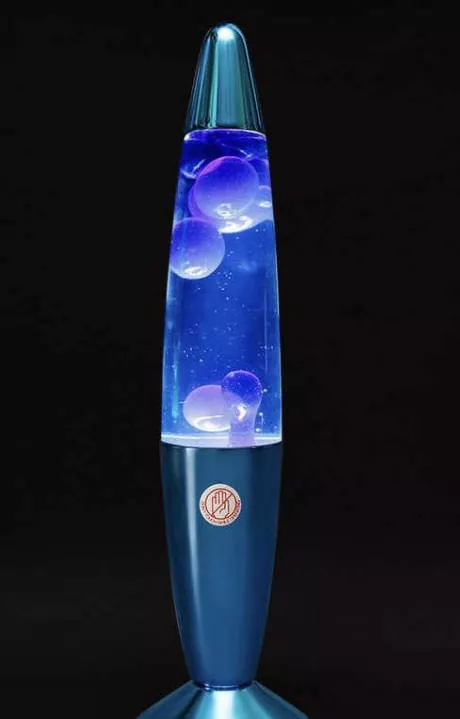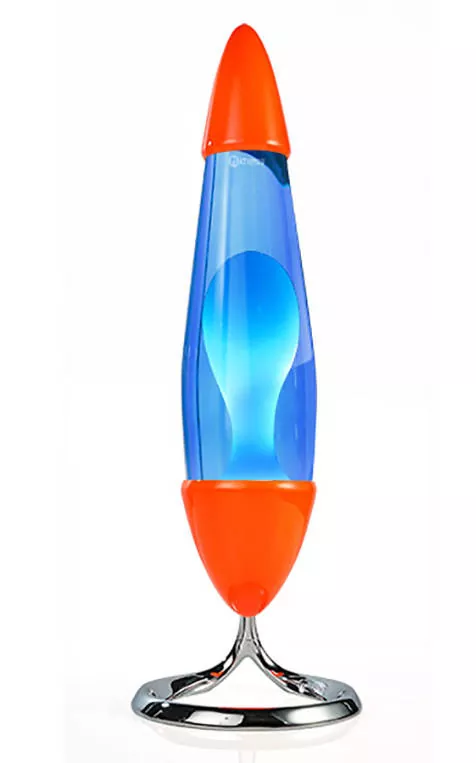
How to make a lava lamp with orange and blue lamp?
Make two different mixes. One with blue food colour as well as water. The second with orange food colouring.
2.Fill the glass container to three-quarters full with water, then add the blue mix. Slowly pour cooking oil on the top of the container, leaving a gap at the very top of the container.
Pour the mixture of orange slowly into the container. Once the liquids settle into distinct layers, place the container on a lamp base using an LED.
Turn on the lamp to heat the mixture.
Drop the tablets that are effervescent into the container.
Watch as the bubbles carry the colored liquids upwards and downwards, creating the stunning lava lamp effect, with shades of orange and blue.
Enjoy your homemade lava lamp!

Do you have the ability to combine the colors of a lava light?
Fill a glass container half-full of water and then put food coloring in it. This will give you the desired colors.
Pour the cooking oil over the water. There should be a space at the top. You can add different colors of water to create a multicolored look.
The oil will change color as the bubbles of water rise and mix.
The addition of effervescent tablets will create bubbles which carry color-changing liquids. This improves the mixing effect, creating stunning displays of shades.

Why aren’t they making lava lamps anymore?
There are several reasons why lava lamps might not be as prevalent as they were in the past:
The changing trends Lava lamps were popular in the 1960s and into the 1970s counterculture movement. Home decor preferences for consumers and lighting may have changed with the changing trends.
Technological Advancements: As lighting technology advances, , such as energy-efficient LED bulbs and LED lights,, consumers may prefer modern efficient lighting over the traditional lava lamps that uses incandescent lamps and heat.
Environmental Concerns Lava Lamps are usually made from a mix of wax and clear liquid that is often contaminated with chemicals. Since consumers have become aware of environmental issues and safety concerns with chemicals They may have cut down on production of these lamps or restricted their sale.

Where to avoid putting a lava light?
1. Near Heat Sources Avoid placing a lava lamp near direct heat sources such as radiators, heaters or fireplaces. Excessive heat can cause the lamp’s liquid to expand too fast and cause damage to the lamp or causing it fail.
2. In Direct Sunlight: Do not place a lava lamp in direct sunlight for extended durations. The sun’s heat can cause the liquid in the lamp to heat in a different way. This could impact the performance of the lamp.
Stable surfaces Avoid placing a lava lamp on an unstable surface where it can be knocked down. If the lava lamp gets knocked over or accidentally tipped liquid can spill out and damage furniture or flooring.
